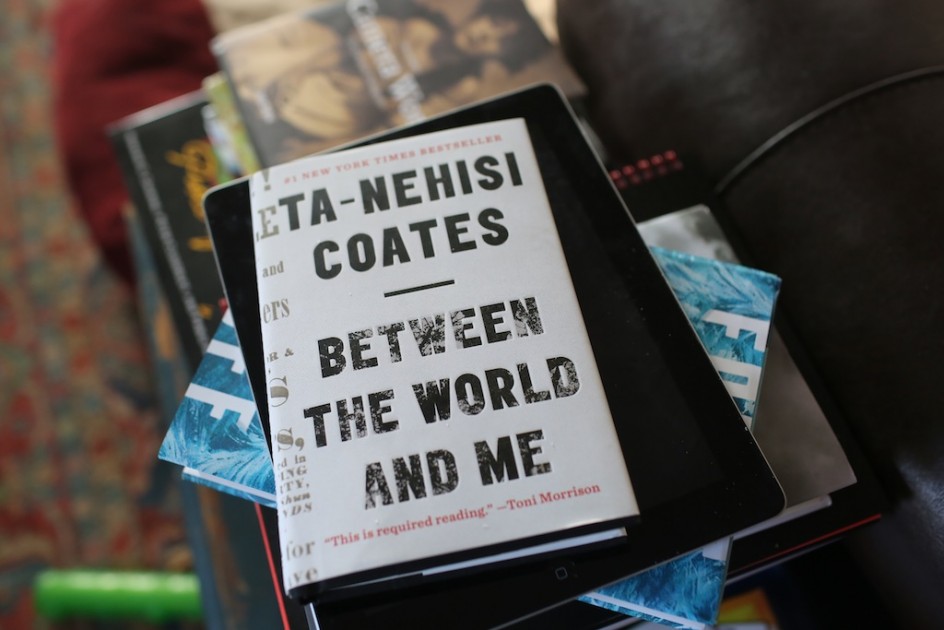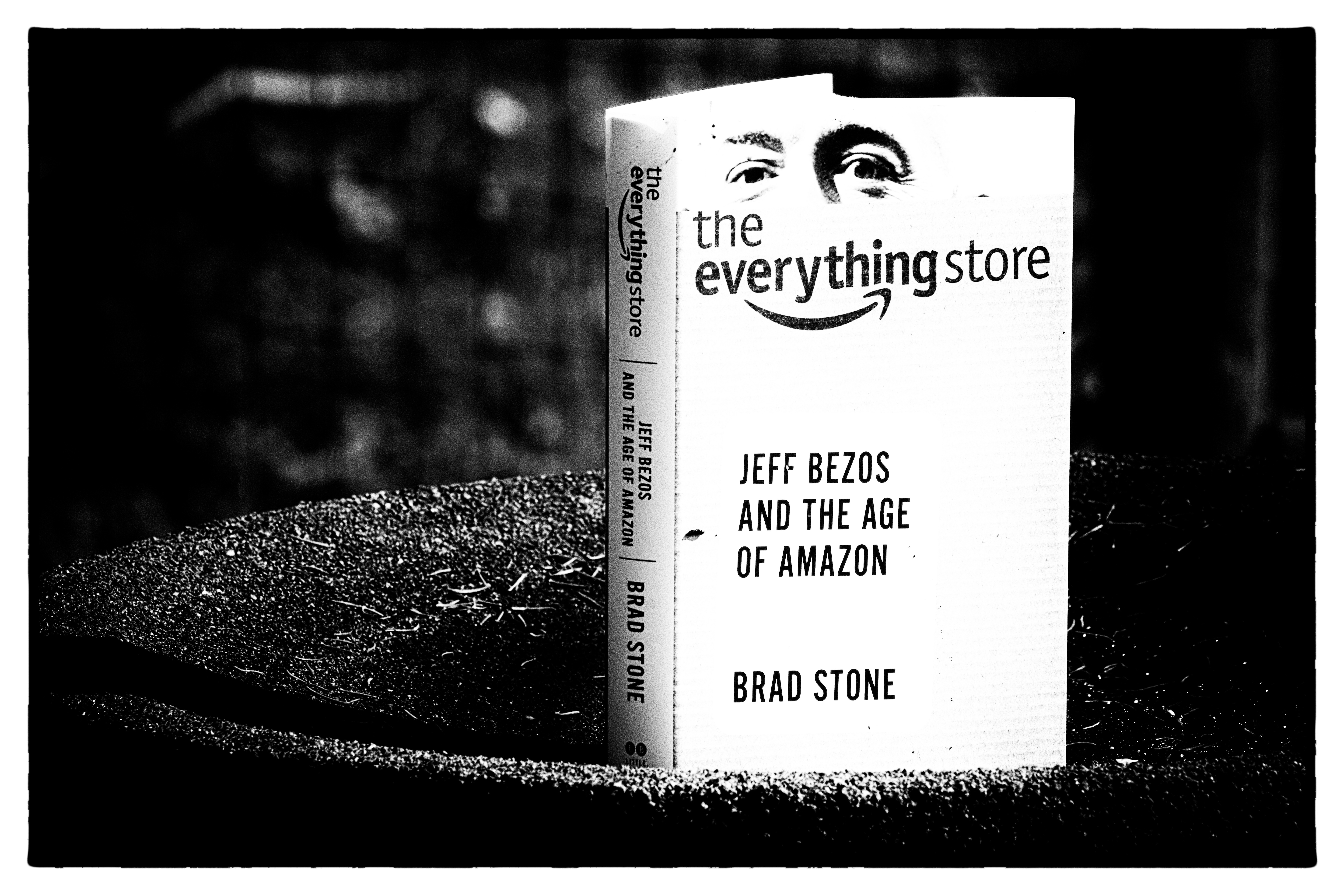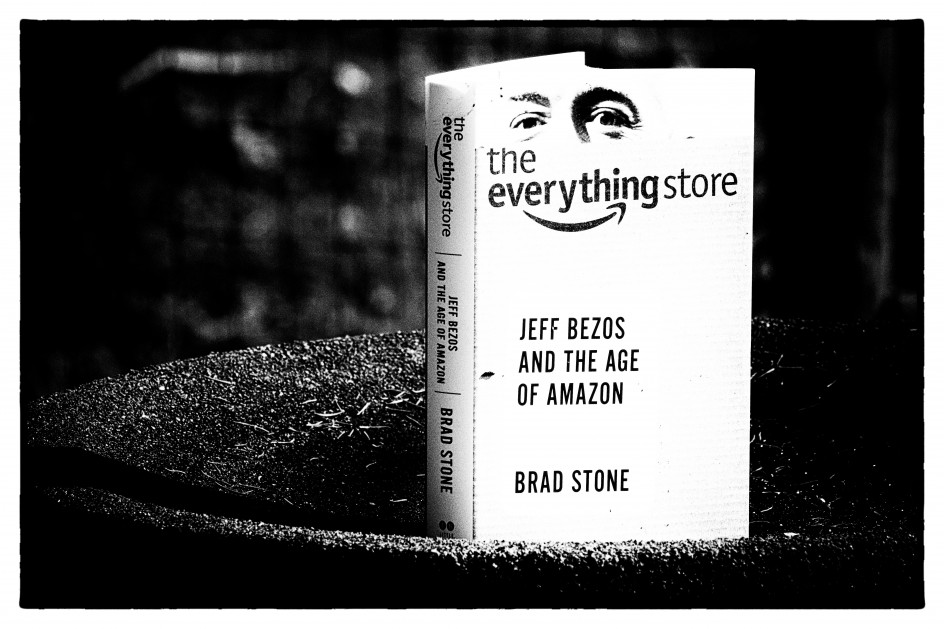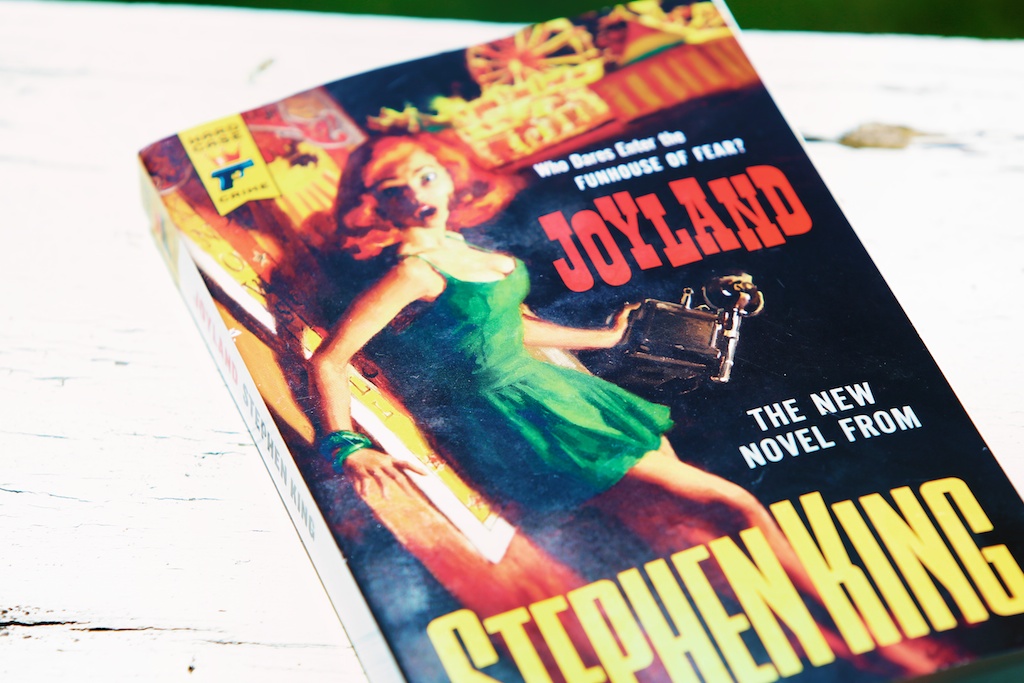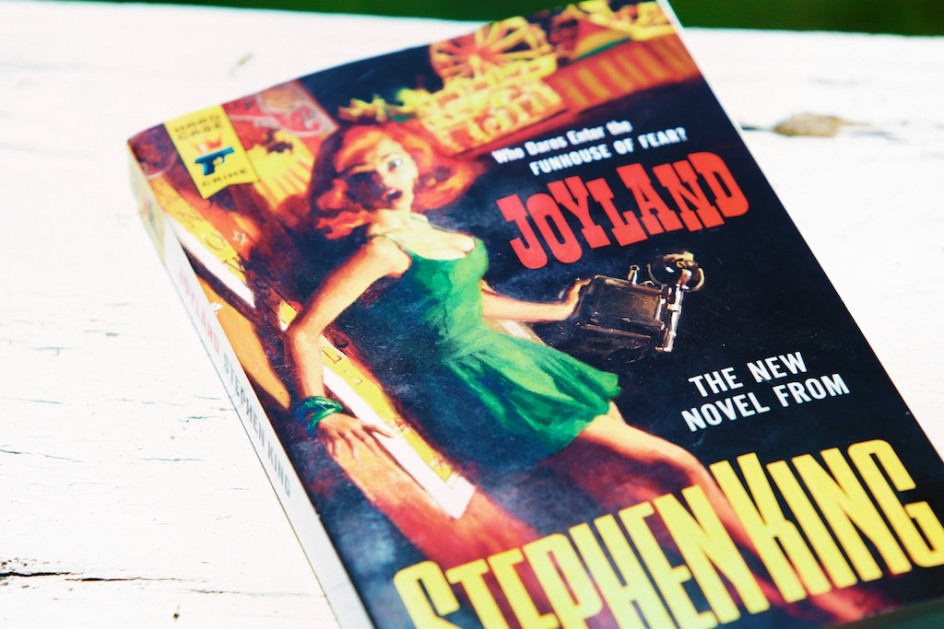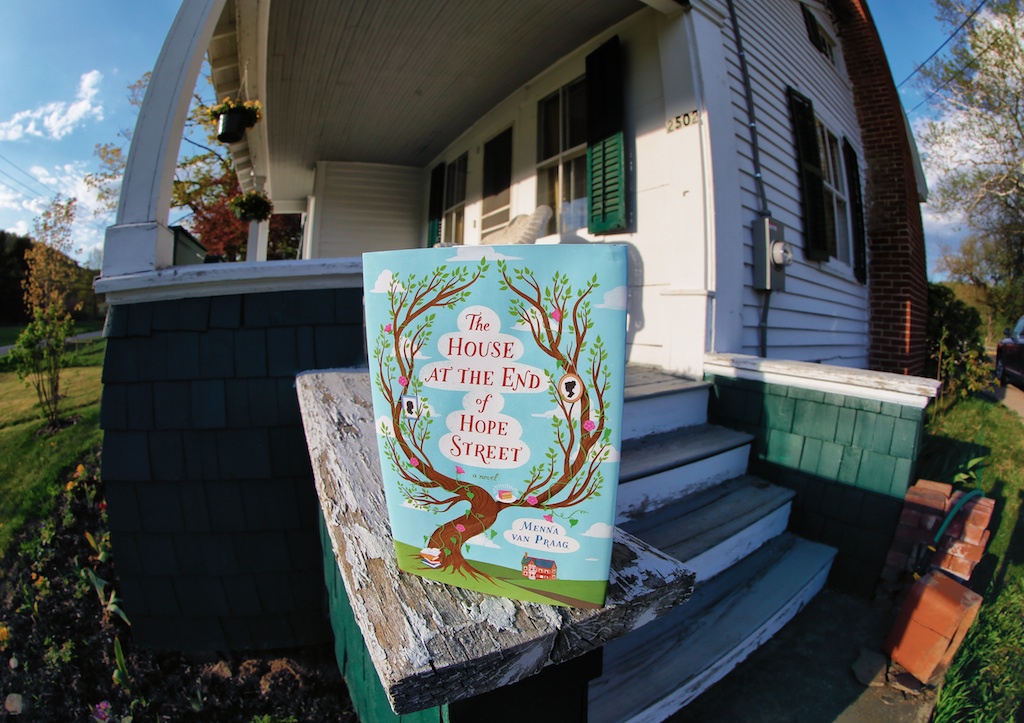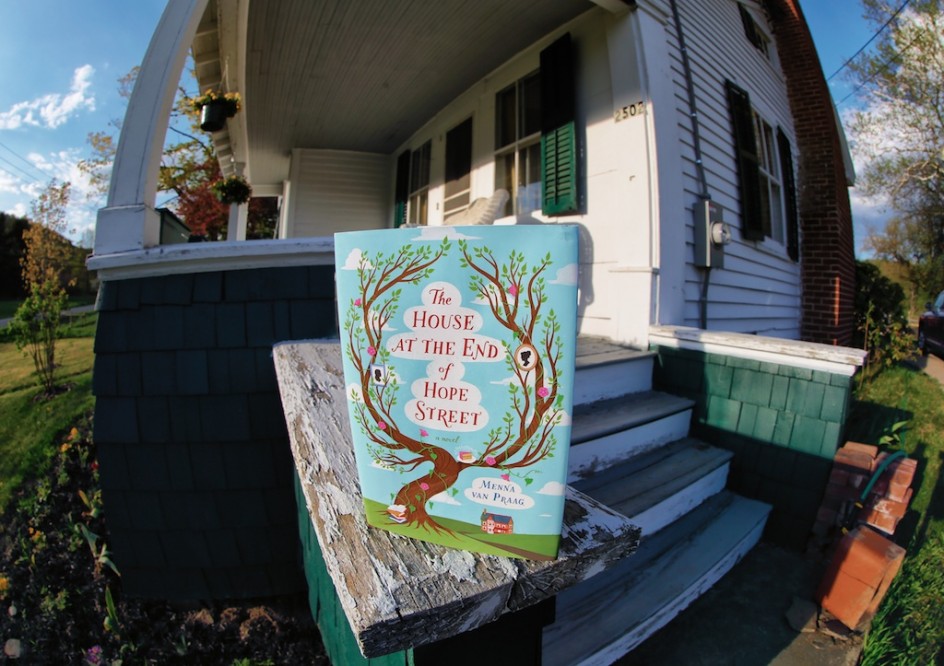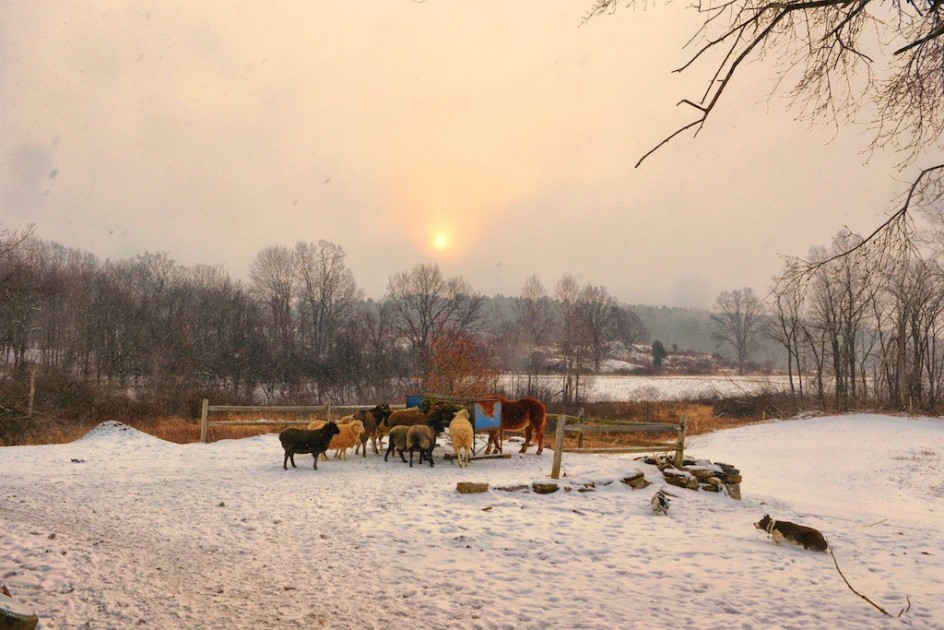
I have a strange literary compulsion, and I want to share it with you, even as I have decided to give it up.
About every five years, a literate and compassionate doctor discovers that modern medicine has no rational or humane way of dealing with death. This causes many people to die expensively and without comfort, meaning or control. A few years ago, it was the late Sherwin Nuland’s best selling book “How To Die.”
This year, it’s Atul Gawande best-selling book “Being Mortal.”
Critics and readers love it. When I first wrote about it, I got hundreds of messages telling me what a wonderful book it is. I went down to Battenkill Books with Red and I bought it.
Some of my critics suggest I am arrogant and have a big and willful ego, I fear this is true, mostly, I think it is really just hubris and some conceit. I like to think in my hospice work and reading that I am somewhat superior to others, I am willing to face mortality and death when others are not.
Of course, as I get older and more and more mortal myself (death is not so abstract any more), I come to see that I am just foolish. Sometimes, it is very smart to be oblivious.
The ostrich gets a bad rap in the time of corporatized 24 hour news.
On the way home, I asked Red, who was sitting in the back seat staring at me balefully – yes, I often talk to Red, he seems wise and is a good listener – “why am I buying this book and why am I reading it?”
Good question, I imagined him replying, if he had words. It probably says that dying is sad, he said, painful, difficult and inevitable, and that when it is time for you to die, your suffering will be made much worse by being in a hospital and nursing home, in the care and control people whose only idea is to keep you alive and suffering and suffering by all means at any cost for many more years than is natural or healthy or than you wish to be kept alive for.
I laughed, don’t be cynical, I said, I want to face death head-on, I don’t want to hide from it, as many people do. I want to know what I need to know.
So I sat down that night with my reading light and a cup of tea and a bowl of popcorn and I plowed right into “Being Mortal,” just as I had “How To Die” some years earlier and a half-dozen books before that. I am quite up on my literary compassionate doctor death books, it is a genre all its own. Our culture doesn’t want to know anything about death, but publishers do.
Of course by the second chapter, I knew Red was right. I see that these books are not different books at all, but they are all editions of the very same book, they just put different names and covers on them to fool witless people like myself, who think they are preparing themselves for death, but who are, in fact, just preparing themselves to get depressed about it.
Dr. Gawande is a good writer, but his book didn’t prepare me for how to die well, unless you count making me think about shooting myself. The funny thing is that I hardly ever think about death or get depressed about it unless I am reading a book by a doctor about it.
By Chapter Five, “A Better Life,” I closed the book for a minute and told Red I ought to prepare him for the inevitable fact that I needed to find a cliff to jump off of when the time comes. Dr. Gawande describes in unsparing and meticulous detail – as did all of his predecessors – what occurs when the human body falls apart and disintegrates to the point that it can’t function any longer.
There are even some simple drawings to help us understand this.
One graphic shows that 100 years ago, most people died very quickly. The chart shows a horizontal line, dropping sharply straight down around age 50. People didn’t waste as much time or money suffering then, says Dr. Gawande, they just got sick and had the good graces to die.
That was before anti-biotics, giant pharmaceuticals and corporate medicine.
In our world, we spend a lot of money keeping people alive so long we resent them for it and they resent us for doing it to them.
Today is different. People live nearly twice as long. And they rarely die at home. Corporations have taken over death, like everything else, it is a big profit center.
There is another graphic, a shorter horizontal line followed by a very curvy line that goes on a long way, this represents the new up-and-down cycle of death, which can go on for decades. Most people don’t die at home any more, the doctor points out. Regulations, technology and medicine make it too complex for most family members to care for people with so many problems – heart and blood pressure, bladder and circulation, respiratory and eye diseases, falls and tumors, wheelchairs, walkers, catheters, monitors, medications, diapers – so they have to go to nursing homes or hospitals.
There, they can expect to be kept alive forever without consent or consultation, on medicines and surgeries that hurt, cost a fortunate, and can’t ultimately change the outcome, only postpone it. Medicine becomes a heartless and mindless system, pressing ever onward.
You can stay alive, Dr. Gawande says, but you will most likely regret it and be depressed about it. There is not one happy or satisfied old and dying person in this book, no matter where they are. Maybe death just sucks, no matter how you do it.
If there is a bright spot in the book, it is hospice, a shining light, the best hope for people who wish to die comfortably and with some control over how they leave the world.
Towards the end of the book, Dr. Gawande describes the death of his own father. I got silly again, thinking that his father, of all people, would surely have found a good way to die. But no, he just suffered terribly at home. I started thinking about shooting myself again.
The book is filled with many beautifully written horror stories delineating in exquisite detail just how much the body deteriorates later in life, how little can be done about it, and how long we now suffer in our system of health care.
And here’s the good news:
“Being mortal is about the struggle to cope with the constraints of our biology, with the limits set by genes and cells and flesh and bone,” says Dr. Gawande. “Medical science has given us remarkable power to push against these limits, and the potential value of this power was a central reason I became a doctor. But again and again, I have seen the damage we in medicine do when we fail to acknowledge that such power is finite and always will be,” writes Dr. Gawande, who teaches at Harvard.
And that is the good news. I have to tell you, I have read this book before, I know it. Many times.
“The thing is,” I told Red, “is that I know all this. I think just about everybody who has ever been to a doctor’s office or had a sick grandmother knows this. Do I really need to know more about how my body and organs will deteriorate until I am nearly unrecognizable, do not know my own name, think William McKinley is president, am not able to pee, breathe by myself, move my bowels or even get to the bathroom, walk across the street, or dress myself?
Some years ago, a writer, a good friend of mine, decided to take her own life when she was 75, she took some pills and put a plastic bag over her head and wrote some letters to friends, including me, explaining her decision. She didn’t want to get any older in America, she wrote. She wanted to leave life behind while she was strong enough and clear enough to do it. Many of her friends were outraged at her decision.
At the time of her death, she was healthy, successful, much loved. I think I understood it. Good for her, I thought.
Dr. Gawande doesn’t really go near this topic, he kisses it off in a few paragraphs and dances around it, as doctors do, but his own book makes a perhaps unconscious and compelling case for how my friend chose to deal with death.
No discussion of death makes much sense if we are not all given the right to decide for ourselves how long we should live at the end of our natural lives. Our lives are the most precious things we shall ever own. Doctors do not own my life, neither do politicians or bureaucrats.
The issues involved in aging and death or so complex, convoluted, expensive and controversial – and so corrupted by big money and politics and big government – that there is absolutely no prospect the process will be changed significantly in my lifetime. I can read all of the death books that I want, but i know what they say now.
So it’s up to me to figure out how to die well. I don’t honestly see me shooting myself, it is far too messy and disturbing to others, hopefully I am more creative than that. I know a poet who lived to be 94 and decided to stop eating, he just drank water and ate some oatmeal, he passed away peacefully in a few weeks at home and in bed and without pain. It was as simple as that, and he needed no permission from anyone but his wife.
Perhaps you have to think outside of the death box to do it well.
I like the eating of not eating. In a nursing home, they would never let you do it.
Maybe the point is that you can only prepare so much for death, and when it comes, just hope it comes quickly and do what you can to not prolong it. After all of this thought and reading, that’s as far as I have gotten.
I read these death books in the belief that I need to face death and understand it, but the books all remind me that there really is no simple or beautiful way to work it all out in advance, unless you put a bag over your head or get very lucky. There is too much about life – and death – that is unpredictable and beyond our control. I suppose that is the real lesson for me. These books are very well done, but I am not sure why people love them so much.
For sure, they are depressing.
“Being Mortal” is a very good book written by a very good and caring doctor. It is chillingly explicit and convincing. In all honesty, I can’t find much new ground in it, everybody with an older relative or parent knows this very troubling truth. I wish he had some practical ideas for fixing it.
And unless you are the Dalai Lama, you might just end up wanting to shoot yourself or put a plastic bag over your head, and for only $26. No rational person wants to face the choices and the life Dr. Gawande describes in his No. 1 New York Times best-selling book.
You can get depressed for free these days, just watch one of the presidential debates.
“So,” Red asks me from the back seat once more. “Does anything change after these books come out?”
“No,” I said honestly, you can’t lie to Red. “Nothing changes.”
For now, I think I’ll focus for now on living well, not dying well. Red was right. I don’t need any more death books. I’ll handle it when the time comes, hopefully a little sooner. In the meantime, I”ll just keep some distance from the people who want to help me die for profit. I’ll go back to Battenkill Books tomorrow and buy a new mystery.

